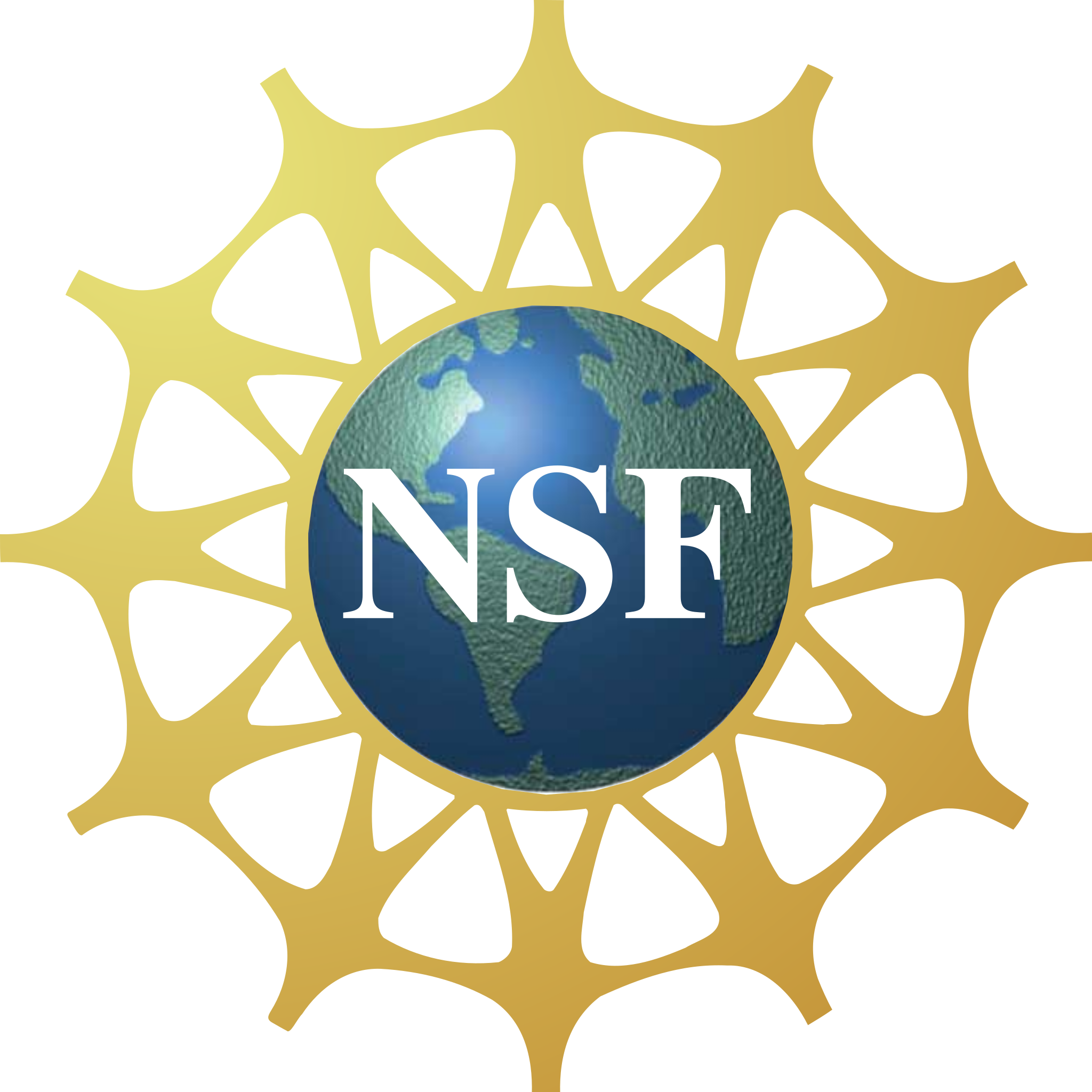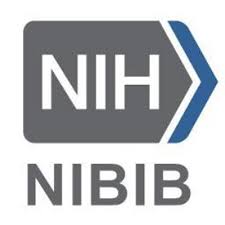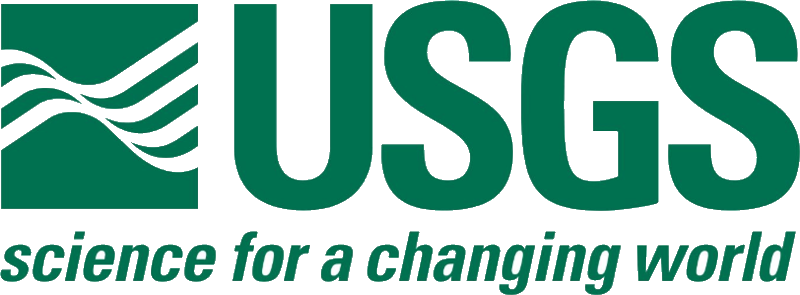
Ping Lab | Nano/Bio Interfaces & Applications
The goal of our lab is to determine the fundamental principles governing applications of nanomaterials and nanomaterial-based device structures in biotechnology, healthcare, environmental monitoring, and so on.
Fascinating phenomena emerge as materials or devices scale down, inducing "surprises" and offering promise for dramatic improvement in the material/device performances. However, not all "surprises" are favorable. Moreover, fabrication and investigation at micro/nano scales can be technically challenging.
We tackle the challenges by combining techniques in bioelectronics, microfluidics, microscopy, microfabrication and more (sometimes we invent the techniques) to harness innovative physicochemical principles at micro/nano scales to create devices/systems for processing, detecting, or/and stimulating biosystems.
Lab History in a Flash
 |
 |
 |
|---|
Sponsors
 |
 |
|---|
 |
 |
 |
|---|



